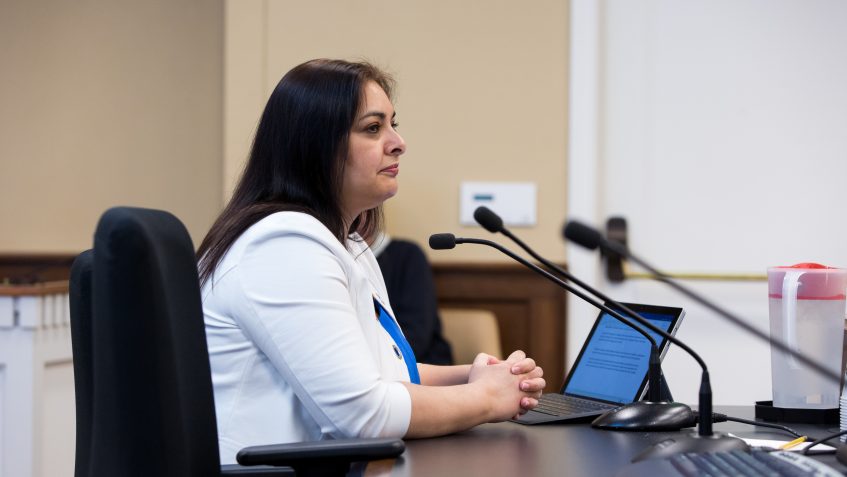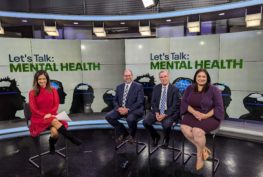From The Seattle Times
For nearly two decades, the Centers for Disease Control and Prevention was effectively barred from conducting research on gun violence, making nationwide data difficult to gather, and forcing local governments or smaller research organizations to pick up the slack.
The result was significant gaps in data that could inform policymakers on how to effectively address gun violence.
Now, Democratic state lawmakers are pushing to create an office on firearm-violence prevention in order to improve data sources, collection methods and sharing mechanisms statewide. Senate Bill 6288 would also help fund local evidence-based violence-reduction initiatives. SB 6288 passed its committee vote in January, and is currently in the Senate Ways & Means Committee.
King County is home to many of these initiatives, which work with community partners to intervene in the lives of young people who may be headed toward violence or crime.
Proponents of the bill say it would allow communities to decide how to best address their unique experience with gun violence. For example, some rural communities may face more gun-related suicides than interpersonal violence.
“This is a way of getting ahead of gun violence in our state,” prime sponsor Sen. Manka Dhingra, D-Redmond, said. Dhingra is a senior deputy prosecuting attorney in King County, and hopes that improved data can help jurisdictions understand the root causes of gun violence in communities.
Although emotional testimony regarding mass shootings and other forms of gun violence is being heard by state lawmakers, Sen. Jamie Pedersen, chair of the Committee on Law & Justice, said that legislation needs to be data-driven rather than “anecdote-driven or emotions-driven.”
Currently, there is gun-violence research happening in the state, although there is no statewide infrastructure to merge data.
Last year, Washington became the third state to fund firearms-related research, giving Harborview’s Firearm Injury & Policy Research Program (FIPRP) $1 million to study how firearm violence can be reduced. But Ali Rowhani-Rahbar, an epidemiologist who helps collect such data, says there are still significant gaps.
The key to a deeper understanding of gun violence, Rowhani-Rahbar said, is merging data, which is difficult when some data doesn’t exist, and others aren’t reliable. For example, emergency rooms across the state have not been consistently collecting data on gun-related injuries.
“If you link data from multiple different sectors, you learn something new that you didn’t know before,” Rowhani-Rahbar said. FIPRP has already researched connections between factors like beer taxation and firearm homicide, firearm access and suicide, and mental illness and risk of firearm-related injury.
The King County Prosecuting Attorney’s Office has taken a similar approach, adopting a public health model and acknowledging that gun violence is concentrated within “small, identifiable social networks.”
Dan Carew, who works with the office’s Shots Fired data-collection program, said data is difficult to collect in King County, which has roughly 40 law enforcement agencies, each with their own data-collection methods. Carew also noted that while those agencies are required to report gun-related deaths, nonfatal injuries are often not documented.
Rowhani-Rahbar says FIPRP’s research indicates that communities need to be involved in firearm-violence prevention, as different communities experience gun violence in their own ways.
In addition to collecting data, SB 6288 would create a grant program to fund community-based intervention programs.
Goode said the key to Choose 180’s success is intervening early, and helping young people develop meaningful relationships within their own community that can address some root causes of their behavior. He also noted that additional funding, along with improved data, would benefit the program.
“Violence is a disease,” Goode said. “And if you’re not tracking the spread of the disease, or the hot spots where people are most likely to be infected, then it doesn’t reflect a strong intention to stop the spread of that disease.”
By Claudia Yaw




